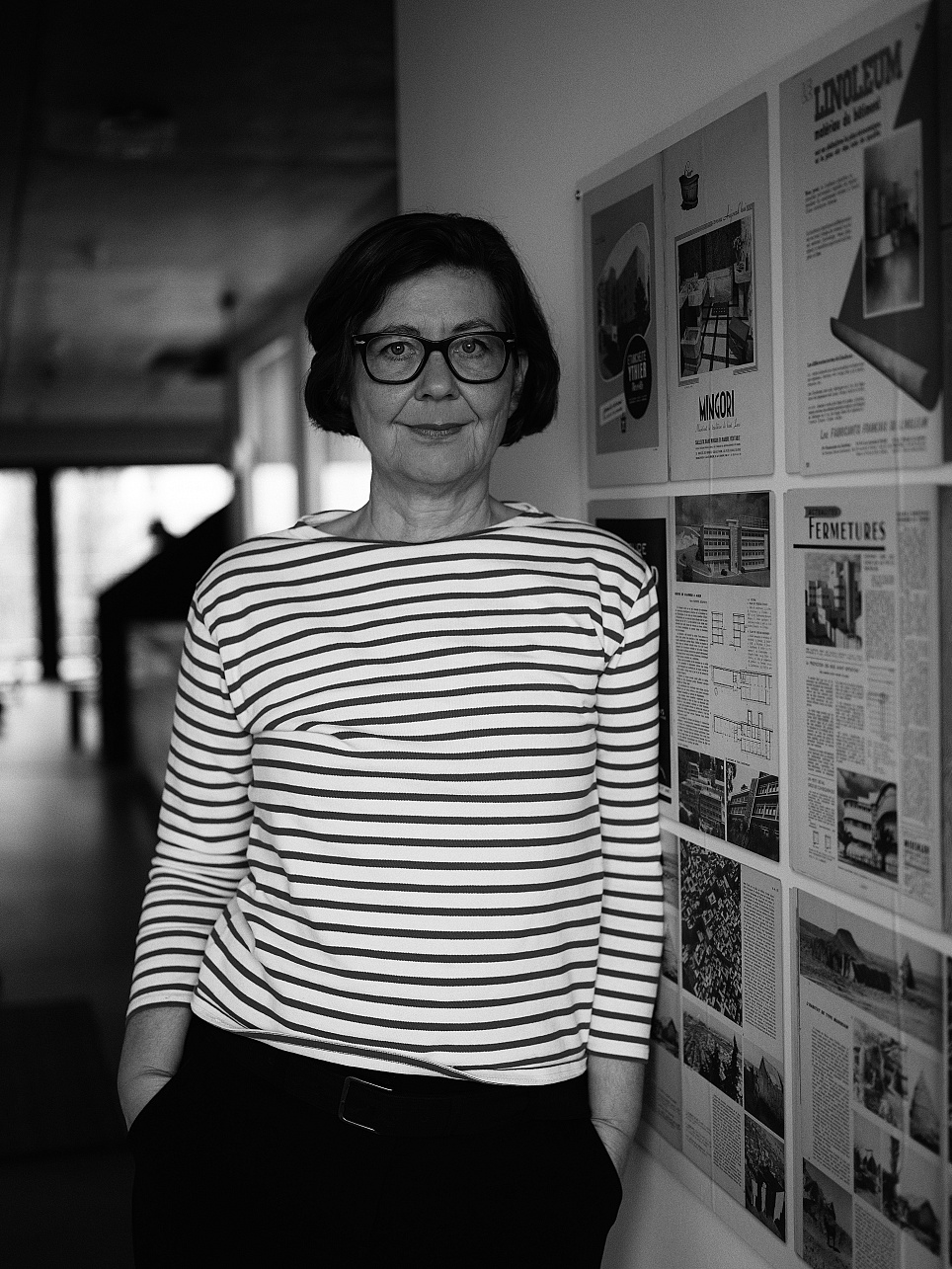When Marion von Osten invited more than fifty people from Brazil, Canada, China, Chile, Great Britain, Nigeria, India, Israel, and the United States—a transnational group of artists, curators, architects, historians, activists, authors, editors, project managers, translators, members of the Goethe-Institut and Bauhaus researchers—to stand with her and co-curator Grant Watson onstage at the opening ceremony of the exhibition bauhaus imaginista at Haus der Kulturen der Welt in March 2019, it was a scene that symbolized the way she worked and the kind of person she was.
Like hardly anyone else, she succeeded in transforming a lighthouse project for the 100th anniversary of the Bauhaus—in itself an important undertaking in the context of international cultural policy—into an investigation of the transcultural intertwining of the Bauhaus; a starting point for conversations across continents that gave space to polyphonic and controversial readings. She stood for the conviction that modernity, if it wants to be relevant for the present, can only be told in its complicated transcultural connections.
The fact that this pursuit intrinsically demanded other types of knowledge in order to offer alternatives to Western narratives drove von Osten’s curiosity. Not infrequently, speaking of the historical resonance of the Bauhaus created a Resonanzraum, a place to think about current upheavals and social hardships, as occurred in São Paulo on the eve of Brazil’s most recent presidential election. As cleverly researched and inspiringly narrated as the suite of exhibitions that came together in Berlin was, what von Osten was primarily concerned with was making possible this sort of space, one where shared thinking and speaking, imagination and experiment, criticism and consideration of difference could occur. She was deeply convinced that such events contribute to the empowerment of social and cultural movements.
The creation of such thought spaces defined her way of working, the only way she could create enthusiasm around the globe for the Bauhaus as an open unfinished project, and all those who were lucky enough to be involved in this project shall remember many similar moments. They will also remember that maneuvering this overly complex research and exhibition project—which involved many different people, institutions, initiatives, museums, and collections—was the sort of accomplishment only an empathetic and passionate person like Marion could achieve.
Above all, however, Marion von Osten’s colleagues remember her generosity, the warmth and pleasure of thinking and acting together with her, an activity she was able to instigate like few others. Even though bauhaus imaginista—a reference to the Mouvement international pour un Bauhaus imaginiste of the 1950s—was primarily concerned with the empowerment of the imagination, it is infinitely difficult to imagine continuing the transcultural conversations she began without her.
We miss her very much and are grateful for the time we were allowed to spend with her.
For the team of bauhaus imaginista:
Regina Bittner, Bauhaus Kooperation Berlin Dessau Weimar
Bernd Scherer, Haus der Kulturen der Welt
Johannes Ebert, Goethe-Institut

